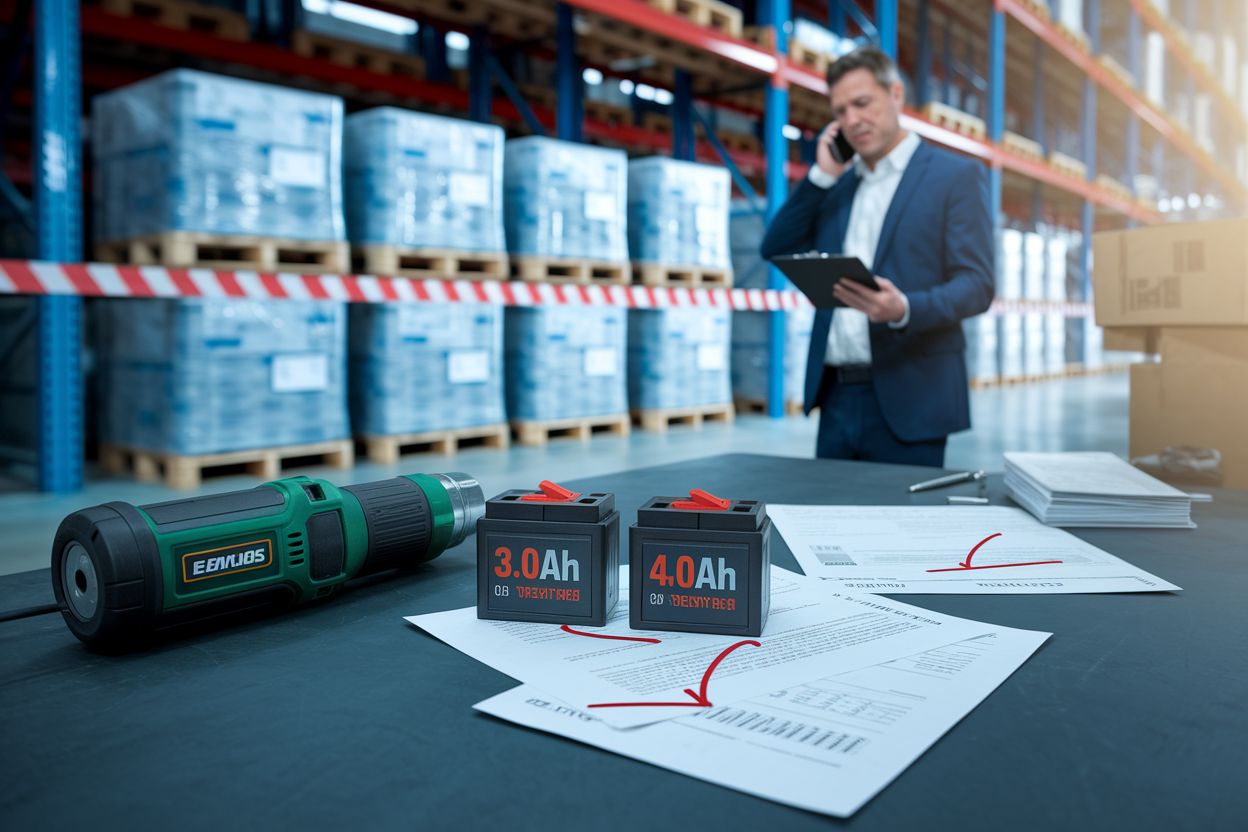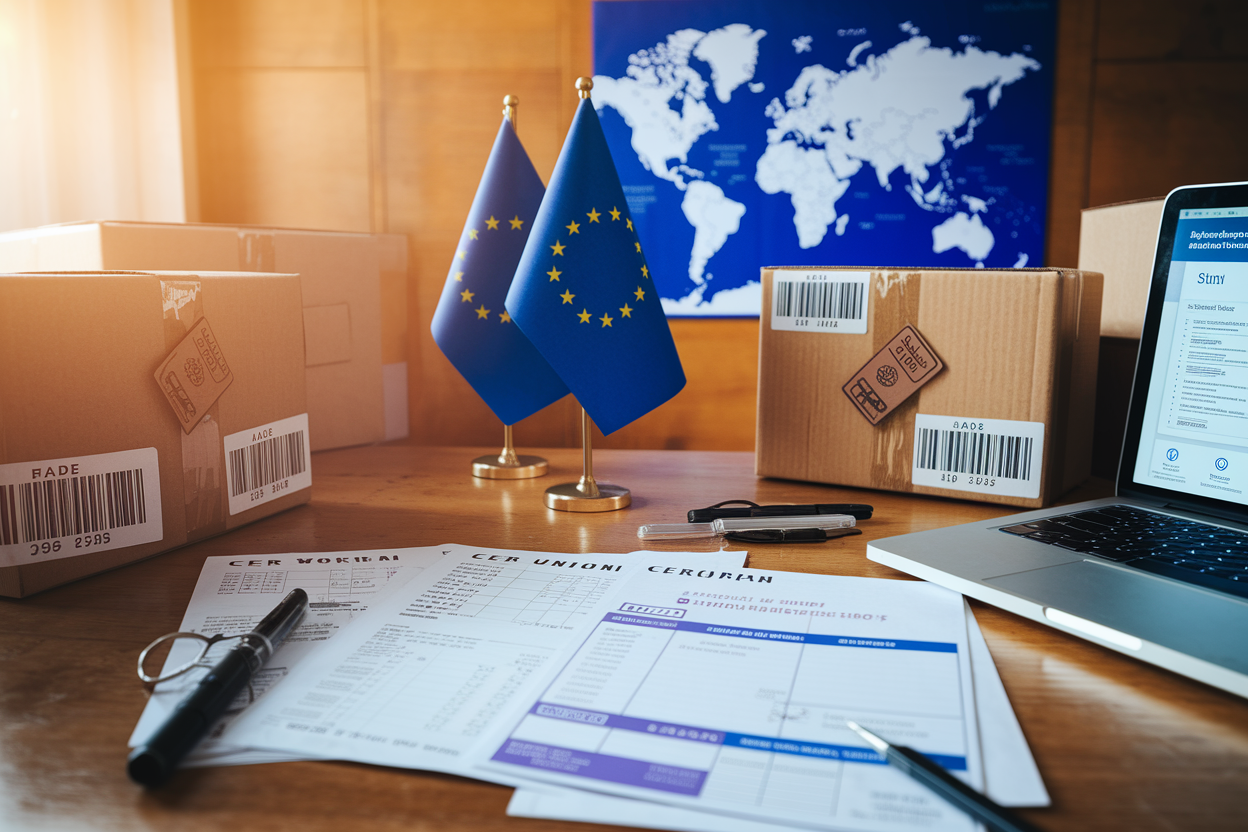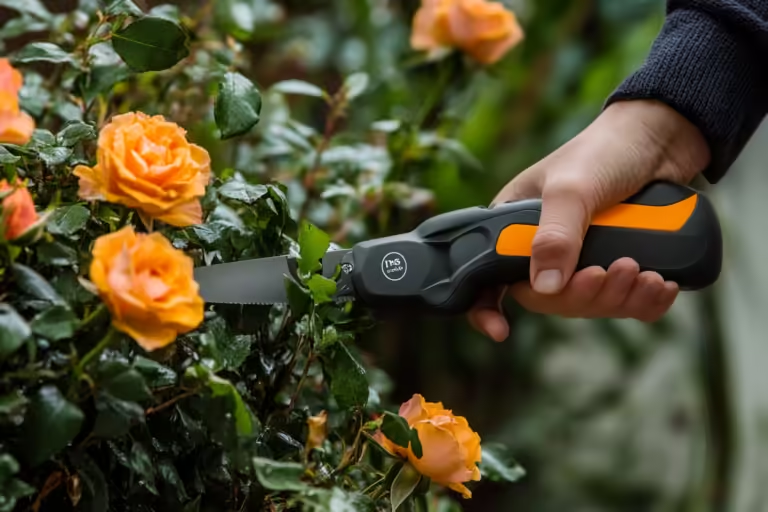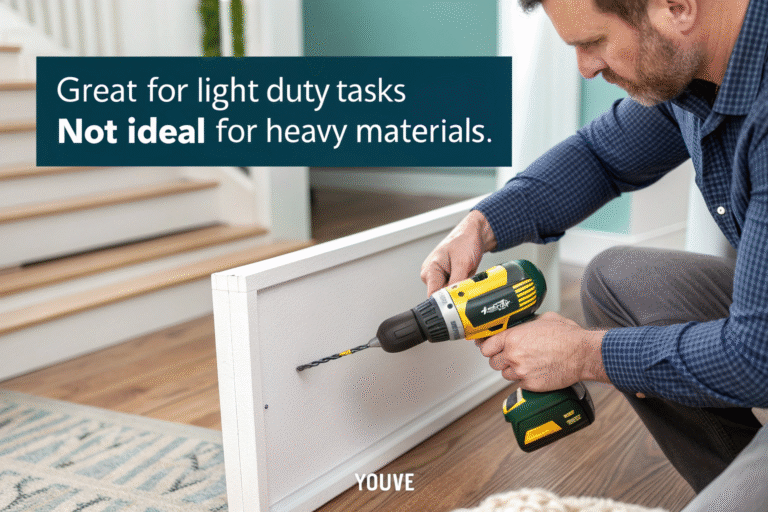
Getting power tools into the European market isn’t as easy as printing your logo and shipping a box. Trust me, I’ve learned this the hard way. You’ll need the right certificates, the right packaging, and the right partners—or you’ll burn money and miss your season.
To sell power tools in the European market, you need CE certification, UN38.3 for lithium batteries, MSDS for safety, and proper packaging. Without these, your goods might be rejected at customs, fined, or even destroyed.
I still remember the first time we had a container held at the port because the certificate had a small typo. Yep, a single wrong digit delayed our delivery by three weeks—and cost us a major buyer. So now, I double-check every cert line by line. If you’re sourcing from China or any developing region, you have to stay on top of this.
What is the UN38.3 certificate?
UN38.3 is the passport your lithium batteries need for air and sea transport. It’s not optional—it’s survival.
UN38.3 proves your lithium battery has passed tests like altitude simulation, thermal, vibration, shock, and short-circuit to ensure it’s safe to transport.

Let me break it down. If you're selling cordless tools, chances are you're dealing with lithium-ion batteries. Airlines and shipping companies won’t even load your cargo if you can’t show this certificate.
Here’s the thing—some suppliers say they have it, but when you look closer, the cert’s for a different battery model. I once had to stop a shipment at the last minute because the certificate showed a 3.0Ah cell, but our product used a 4.0Ah one.
So here’s my tip: ask for the full test report, not just a one-page summary. Check that the product name, model number, and even battery dimensions match your product 100%.
| UN38.3 Test Items | Purpose |
|---|---|
| Altitude Simulation | Simulates low-pressure air cargo |
| Thermal Test | Checks heat resistance |
| Vibration | Tests resistance to transport shocks |
| Shock | Simulates drop and impact |
| Short-Circuit | Checks internal failure risks |
If even one of these tests fails, it’s not just about a failed shipment—it’s about the risk of fire, lawsuits, and losing your business license.
What is CE certification?
CE isn’t just a sticker—it’s a declaration that your power tool respects Europe’s safety laws.
CE certification confirms the product meets EU safety, health, and environmental protection standards, and is required for all electronic power tools sold in Europe.
This isn’t a cert you can skip. Without CE, customs can hold or destroy your goods. I’ve even had a client in Italy whose cargo got seized because the CE mark was printed, but no actual testing had been done. That was a nightmare.
When we work with our lab, we go through tests under the Low Voltage Directive (LVD) and EMC Directive. Make sure your supplier understands which directive applies to your tool—because not every CE is created equal. And don’t forget: CE must come with a Declaration of Conformity. If there’s no DoC, the CE mark is basically meaningless.
What is the MSDS certificate?
MSDS is your tool’s “medical report.” It explains what it’s made of—and what to do if something goes wrong.
MSDS (Material Safety Data Sheet) describes a battery’s chemical content, potential hazards, handling procedures, and emergency responses, making it vital for transport and customs clearance.
It’s especially important for tools with lithium batteries1 or any chemical components. I usually request the MSDS2 from our battery supplier and then pass it on to the freight forwarder. They need it for customs declarations and, sometimes, to apply for DG (Dangerous Goods) classification3.
What I’ve learned over the years is that some battery factories cut corners. They send you a generic MSDS that doesn’t even mention your company name or the actual battery model. That won’t work. Make sure the MSDS is product-specific and has the lab's contact info.
What kind of packaging is required for the transportation of battery goods?
Good packaging doesn’t just protect your tools—it protects your reputation.
Lithium battery products must be packed according to UN3480 or UN3481 regulations, using inner packaging that prevents short circuits, outer packaging that absorbs shocks, and specific lithium warning labels.
Back in 2022, we shipped a batch of cordless drills with bubble wrap and cartons—standard stuff. But because we didn’t use the correct UN-approved packaging, the airline refused to carry it.
Now we always follow these rules:
- Use insulated sleeves or plastic trays to separate battery terminals.
- Include a Lithium Battery Handling Label on each box (with a phone number).
- Keep the State of Charge (SoC) under 30% for air shipments.
- Use rigid outer packaging that passed a 1.2-meter drop test.
If you’re not sure, ask your forwarder for the latest packaging guide—they’re usually up to date with IATA and IMDG requirements.
Are the standards for exporting to the US market and the European market the same?
Nope—they’re like two cousins who look alike, but live completely different lives.
The US and EU markets have different compliance standards—CE for Europe, UL for the US—though both may require UN38.3, MSDS, and correct packaging.
For example, Europe needs CE (self-declared but with technical files), while the US often requires UL listing, especially for retail sales. That means testing by Underwriters Laboratories, not just internal lab reports.
One time, we had a German client and a US client order the same cordless caulking gun. But we had to prepare two separate test sets, because the European buyer needed CE + EMC, while the American one needed UL + FCC for RF components.
So my advice? Don’t assume “one cert fits all.” Ask your buyer exactly what they need—or you’ll end up duplicating work later.
What certificates will the freight forwarder ask you for during transportation?
Freight forwarders don’t just move your goods—they guard the gate.
Forwarders often ask for UN38.3, MSDS, battery packaging declarations, Dangerous Goods forms, and commercial invoices with HS codes to ensure smooth customs clearance.
Here’s a short checklist I always keep on my phone before every shipment:
| Certificate / Doc | Purpose |
|---|---|
| UN38.3 | Battery safety for transport |
| MSDS | Chemical composition and hazards |
| DG Declaration | Confirms whether the item is dangerous |
| Inner/Outer Packaging Photos | Prove compliance |
| Commercial Invoice + HS Code | Customs declaration |
| CE / Other Product Certs | Optional, but helpful for EU entry |
Sometimes they’ll even ask for the battery report summary or drop test photos. If they sense anything’s missing, your shipment gets delayed, or worse—classified as DG last minute (which triples the freight cost).
So keep everything organized. I use Google Drive folders named by product and month. It saves me a lot of panic.
Conclusion
Certificates might not be exciting, but they’re the guardrails that keep your business safe. Miss one—and it’s not just your shipment at risk, but your entire selling season.







